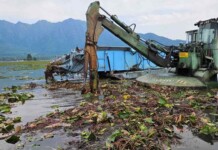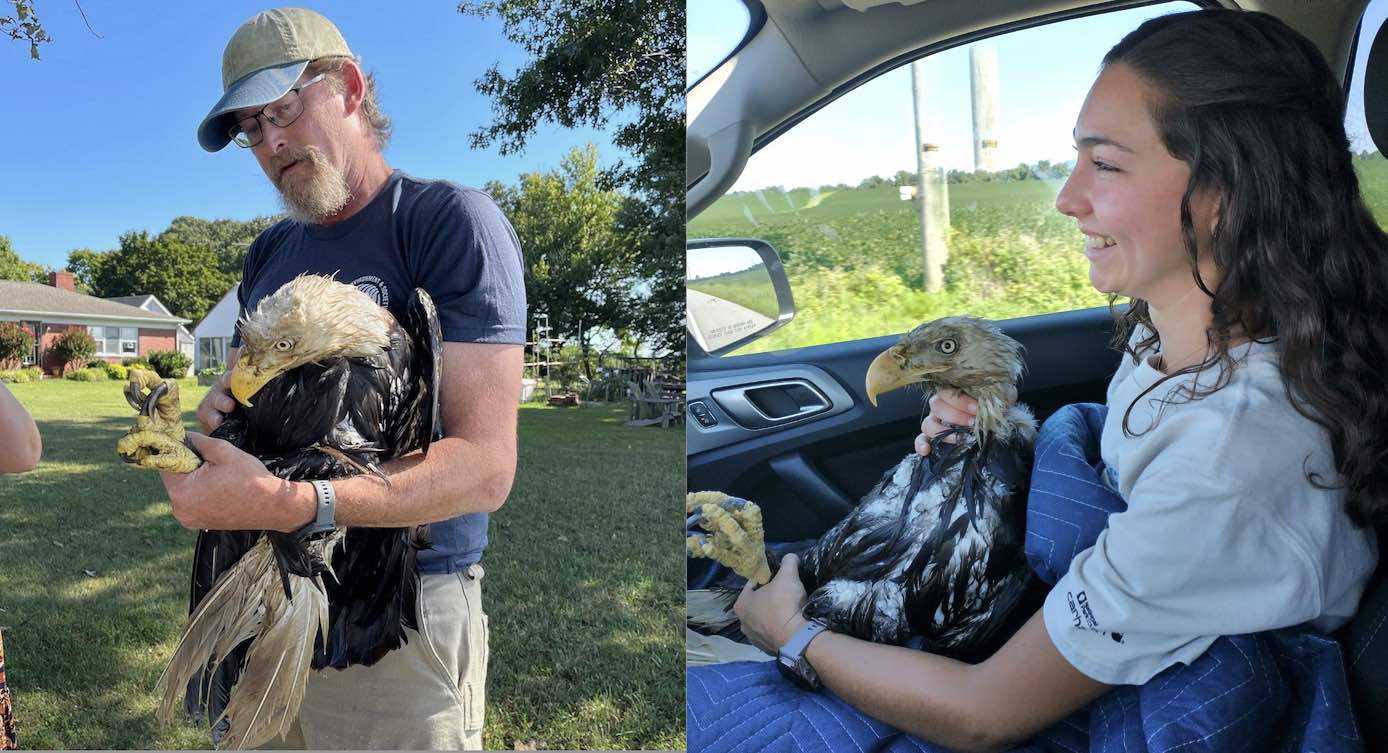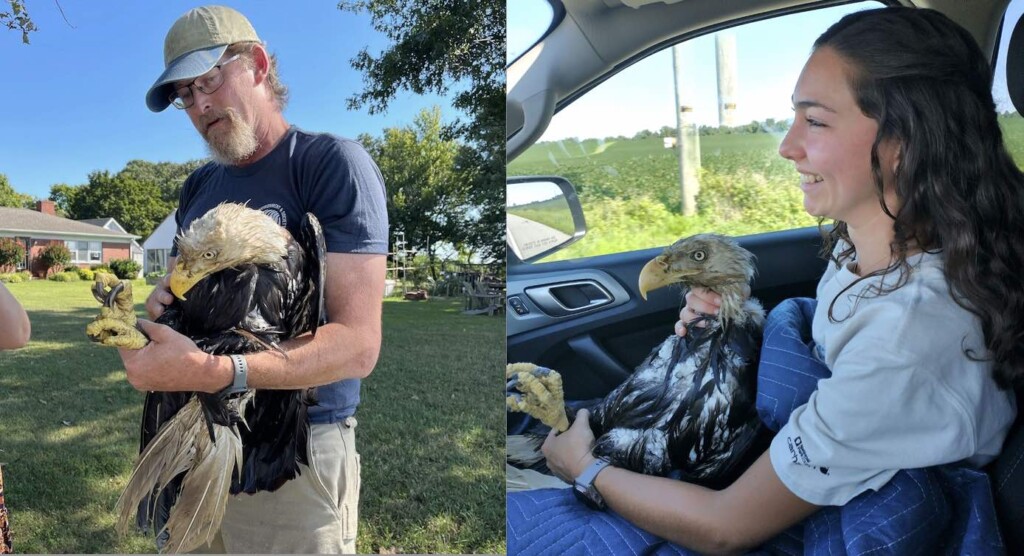
A bald eagle, injured and alone near the Chesapeake Bay, earned an A+ for the staff at Washington College after they made a daring rescue along the rocky banks of the Chester River on Maryland’s Eastern Shore.
Two weeks ago, David Kramer noticed a post on Facebook asking if anyone could help with an eagle who seemed to have an injured wing and foot and was hobbling around on a dock over the river.
Kramer, who is the Director of the College’s Center for Environment, where students are provided with a living laboratory for their studies of wetlands, farmlands, and forest. He also happens to be an experienced avian rescuer.
He quickly grabbed two other department staffers, along with a net and blanket, and hopped in a truck to locate the bird, which was not predisposed to give-up easily.
After approaching the raptor, it tried to fly across the river and crashed into the water, so they drove across the bridge and managed to gain access to a backyard where the eagle had landed on the opposite shore.
Kramer approached the bird swiftly and a staffer’s video (view below) shows how he secured the animal’s feet before lifting him up and bringing him ashore.
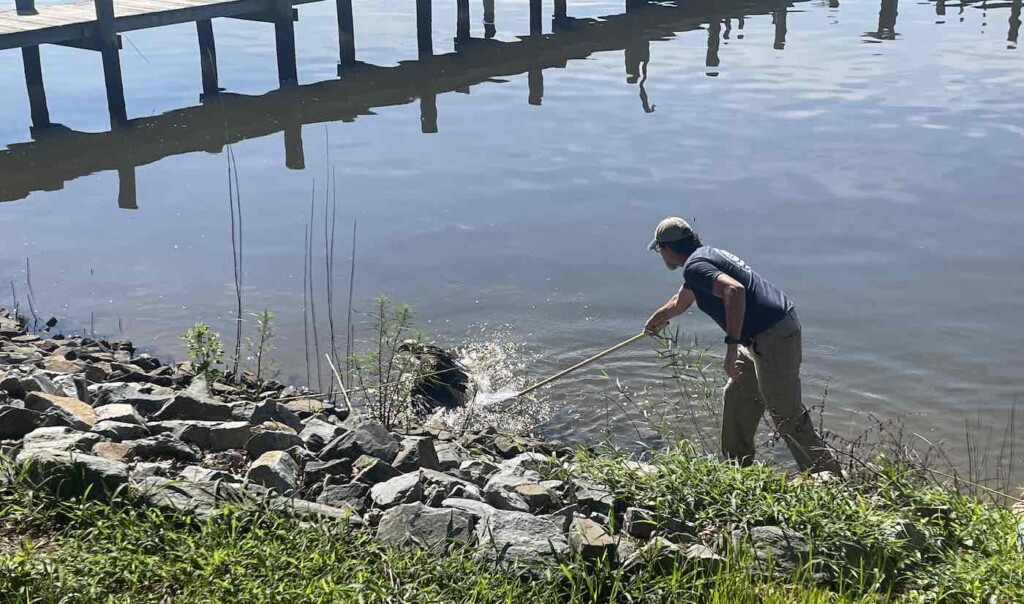
Emma Cease helped to gently tuck the broken wing inside the padded blanket as they wrapped the eagle for the trip back to the River and Field Campus—during which it quietly sat in her lap.
Kramer, who has years of experience rescuing, researching, and working with bald eagles and other birds, is a listed rescuer with Tristate Bird Rescue, where the eagle became a patient, and is likely rehabbing from surgery today.
He also works with the Moon Owl Raptor Center in the Chesapeake Bay region and urges people to call the professionals if they spot an eagle or other large bird in need of help anywhere near this brackish estuary—the third largest in the world.
“If you don’t have handling experience, DON’T approach the bird,” cautions Kramer. “Bald Eagles have three sharp ends, if they can get you with one, they will. The thing is to get the bird safely restrained. We want to limit injury to people as well as the bird.”
Washington College is no stranger to bird encounters. In the last year, the staff at its Foreman’s Branch Bird Observatory has caught, identified, banded, and released over 13,000 birds representing more than 125 species—including the big ones: herons, owls, ospreys, hawks, and woodpeckers.
Located on the Chester River, a few miles north of Chestertown, MD, the Bird Observatory is nestled in a waterfront refuge on the College’s River and Field Campus.
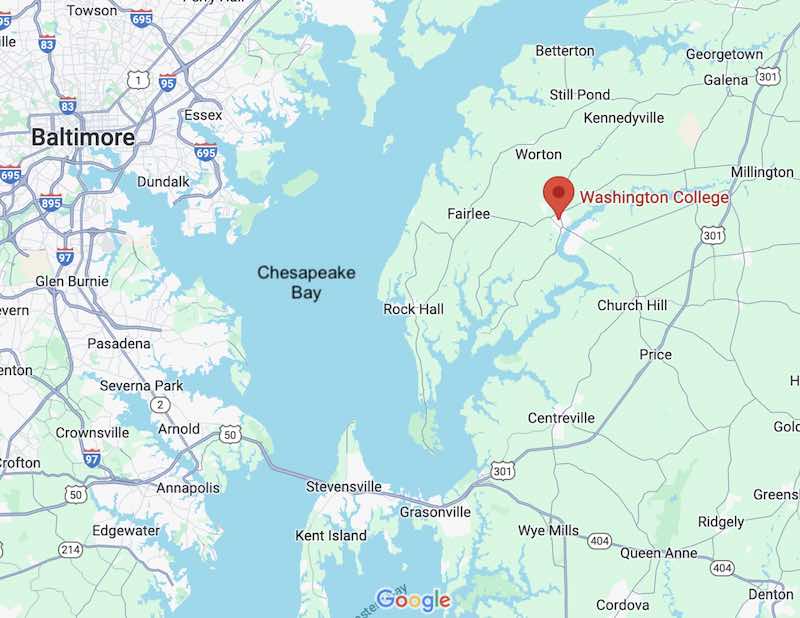
The land serves as an important stopover habitat for shorebirds, and is home to thousands of migrating and wintering ducks and geese each year.
This unique Campus encompasses nearly 5,000 acres of diverse ecological communities just minutes from its main campus in Chestertown, including 2.5 miles of Chester River shoreline, a 90-acre freshwater lake, multiple streams and seasonal wetlands, 1,200 acres of forest, 3,000 acres of agricultural fields, and 228 acres of restored native prairie with natural grasses that have allowed northern bobwhite (also known as the Virginia quail) to flourish. The property also features 50 acres of managed, successional habitat for one of the most active bird-banding stations on the East Coast, handling approximately 14,000 birds a year.
GREAT NEWS: Stork That Went Extinct in the UK 600 Years Ago is Spotted in the English Skies: ‘It was a great sign’
Watch the :30 rescue video below…
If you spot an injured raptor, but are not within their local region, Kramer says you can look up local rehabbers for help.
The recovery of bald eagle populations in all 48 states is a major conservation success of America’s Endangered Species Act, with estimates showing that the numbers which had been decimated in the 20th century had quadrupled by 2020, in just 11 years—climbing to an estimated 316,700 birds, including 71,400 nesting pairs, up from only 417 pairs in 1963.
The United States government came to the bald eagle’s rescue by naming it one of the first species afforded full protection under the 1973 Endangered Species Act.
KNOW ANYONE LOOKING FOR A PURPOSE? Share the Cool Story on Social Media…




